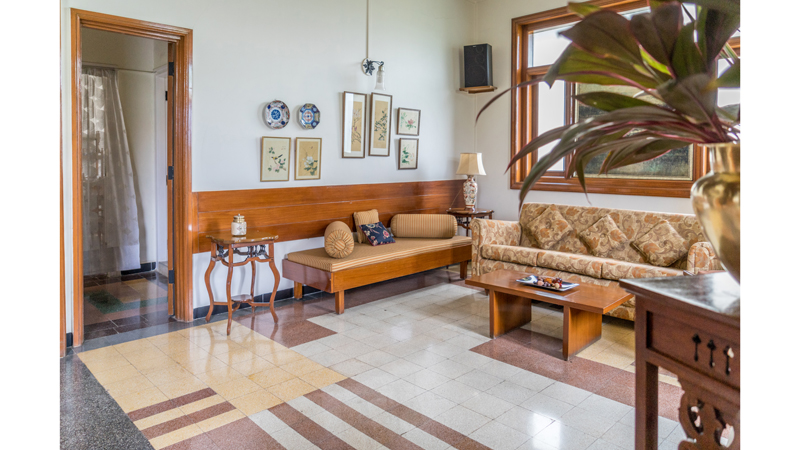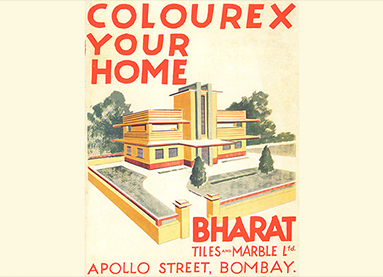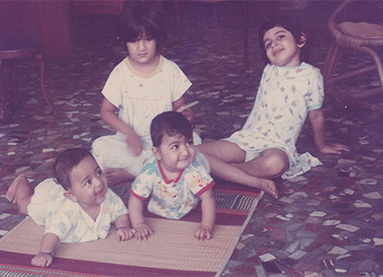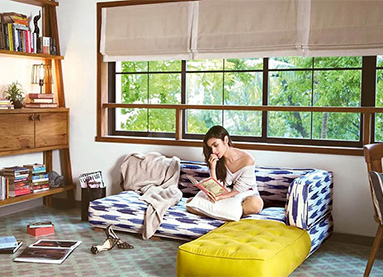100 Years
100 Stories


In Bombay, Art Deco mirrored the upwardly mobile aspirations of an urban business class and in some cases princely elite, who were invigorated with fresh pride in the Swadeshi and yet determined to prove themselves as decisively modern. The upper classes comprising the business community emulated and imbibed contemporary fashions in western culture. They aspired to a lifestyle of glamour, which included jazz, ballroom dancing, cabaret, horse racing and cinema. This social environment was suited to the introduction of art deco interiors in building and ornamentation. Foreign educated architects returning to the city emulated Western designs in their own buildings. In addition, European artists, architects, engineers and designers who had fled from the political turbulence in Europe also exerted their influence in this regard. As royalty began visiting the city for shopping, sport or to attend the meetings of the Chamber of Princes, they built their own city homes and apartments in the Art Deco style, thus increasing its patronage. Art Deco favored the use of geometrical shapes, with zig zags, chevrons and sunbursts and horizontal and vertical streamlined forms. These were manifested not only through the facades of buildings but also in their interiors. Similar motifs and patterns were seen in terrazzo flooring work executed in Bombay buildings. Terrazzo in Mumbai’s Art Deco buildings spoke to these design values and showed a wide range of colors and patterns, creatively thought out and executed by Bharat.
You may also like
-
 10ColourexThe site of hundreds of creative experiments, installed with the top of the line equipment imported from faraway Europe. Bharat's Uran factory was where it all began.Read More
10ColourexThe site of hundreds of creative experiments, installed with the top of the line equipment imported from faraway Europe. Bharat's Uran factory was where it all began.Read More -
 11My Home Series: The Games we played by Malvika BhatiaIn this inaugural My Home story, this is a tale of how the tiles in Malvika Bhatia’s home in Keval Mahal, have served as a playground through all of her childhood for the games played with cousins. As Malvika says “You don’t need a Playstation to keep yourself entertained if you have a Bharat Floor”.Read More
11My Home Series: The Games we played by Malvika BhatiaIn this inaugural My Home story, this is a tale of how the tiles in Malvika Bhatia’s home in Keval Mahal, have served as a playground through all of her childhood for the games played with cousins. As Malvika says “You don’t need a Playstation to keep yourself entertained if you have a Bharat Floor”.Read More -
 12Those who walked on a Bharat FloorA former US president? The King of Pop? A cricketing legend?! See our list of whos been walking on Bharat's floor!Read More
12Those who walked on a Bharat FloorA former US president? The King of Pop? A cricketing legend?! See our list of whos been walking on Bharat's floor!Read More
